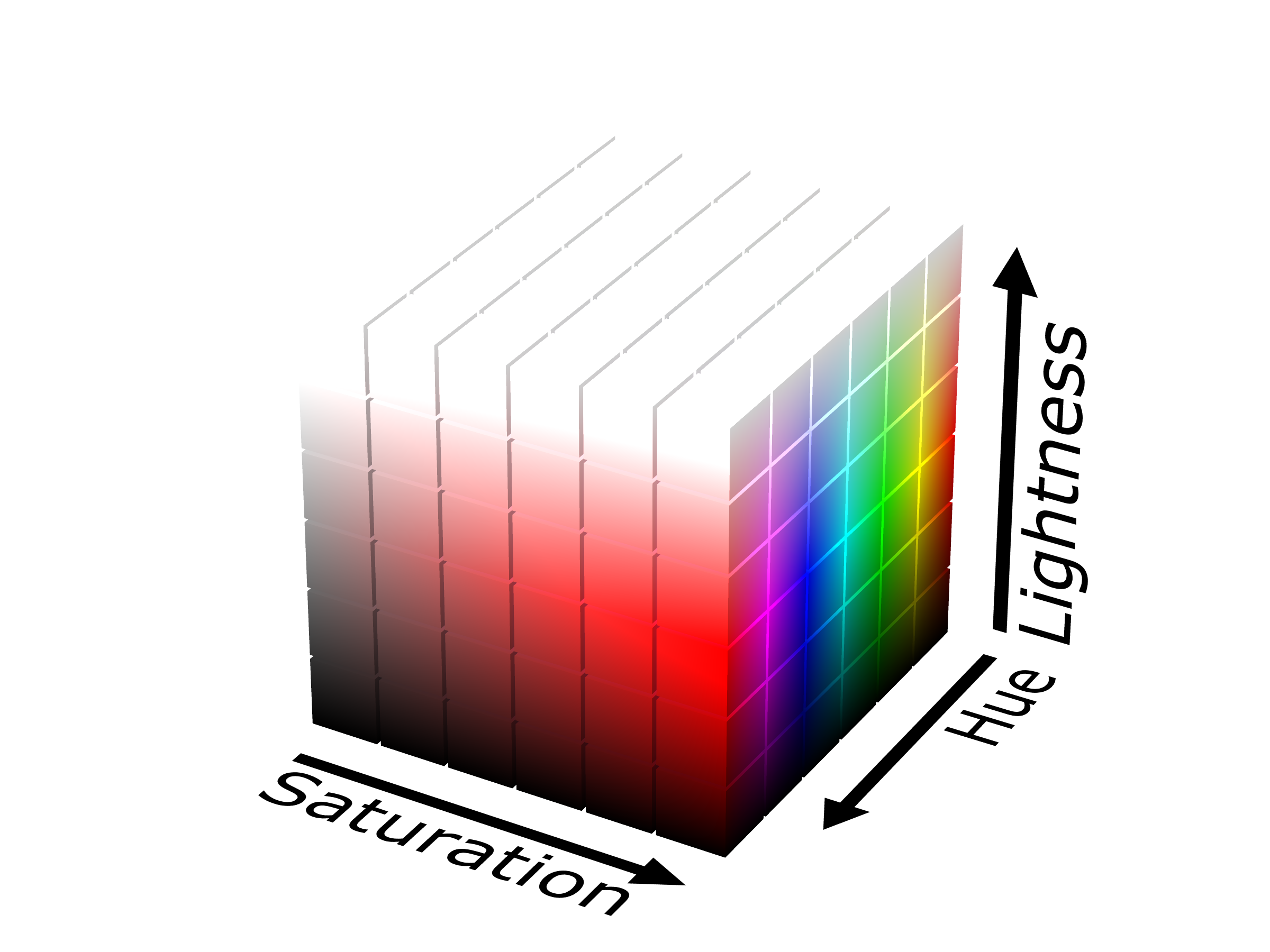A short vacation came and I decided to finally watch a few films. In the process of watching, I got the feeling that something is wrong in modern films, that the grass was greener before, and the like. What stood out most was that the screen had very few colors most of the time (usually two, orange and bluish green).

I was not at all alone in such observations, here, for example, a critical article about the abuse of orange and bluish-green by your Hollywood. However, single shots are not serious for proof. This requires a scientific approach. As an amateur astronomer, I know that it is customary to compare information about the color of something in the form of a spectrum.

I would like to get this kind of "spectrum" for the whole video. It remains to figure out how to do it.
Idea
, . - RGB . , : ( ) . , (RGB) . HSL, - Hue, Saturation Lightness.

, " " (Hue) Saturation Lightness. Saturation - . Lightness : 0% 100% Hue, (1) Lightness = 50%, " " 0, . , :
W (S, L) = S * (0.52 - (0.5 - L)2) / 0.52
W (weight) , , . , (W). , " " - , (L) , . - . .
Golang. , , RGB HSL . 256144, ~37 . , ( 2712 ). - 100 . . , . - . - .
, ".svg". web-c upload "". - , : https://moviespectrum.azurewebsites.net/.
128 , , 256144 .
, , , : https://github.com/akurilov/moviespectrum
, , - youtube-dl . Unix- " = " . , .
baseline "".
1991 - 2:
1994 - :
:
1999 - aka 50 , :
2003 - :
2005 - . baseline:
2007 - . , :
2009 - :
2013 - :
2019 - Joker. Everything is almost red, but there is a little greenish-blue.
You can draw conclusions yourself. In my opinion, there is a tendency to deplete colors over time.